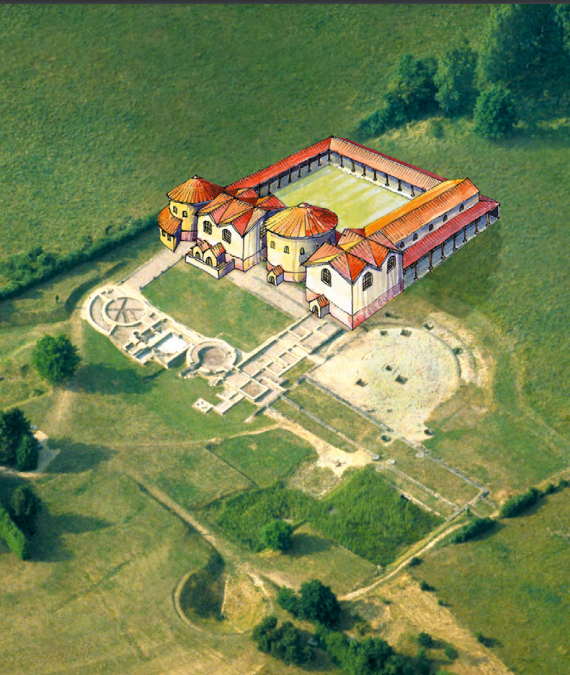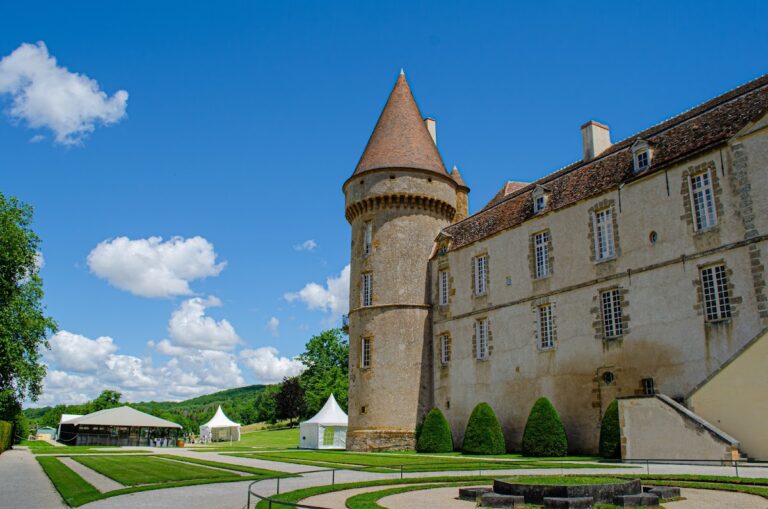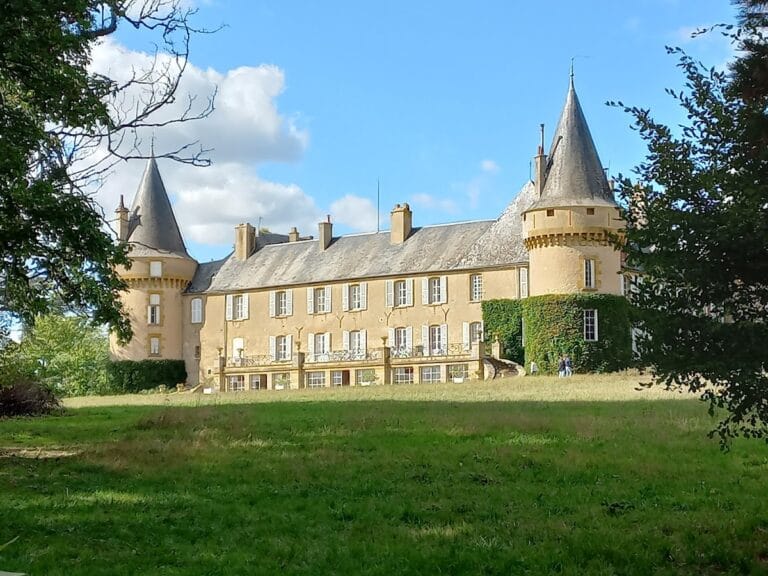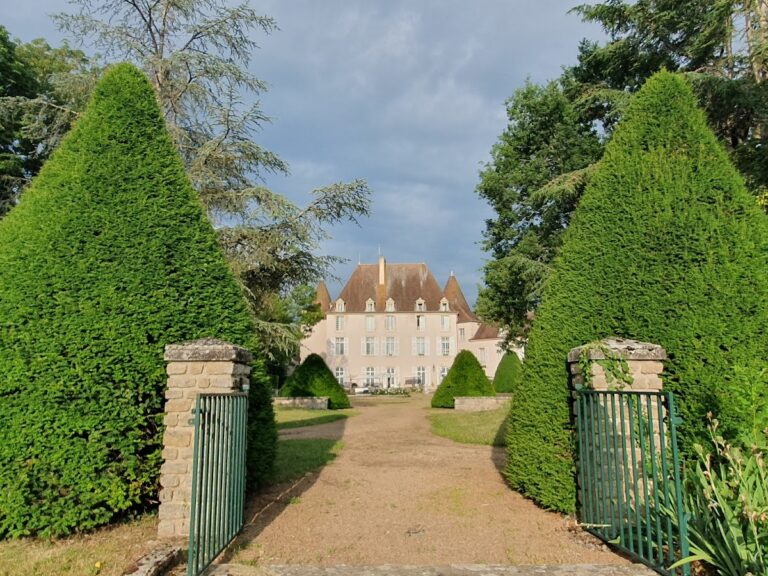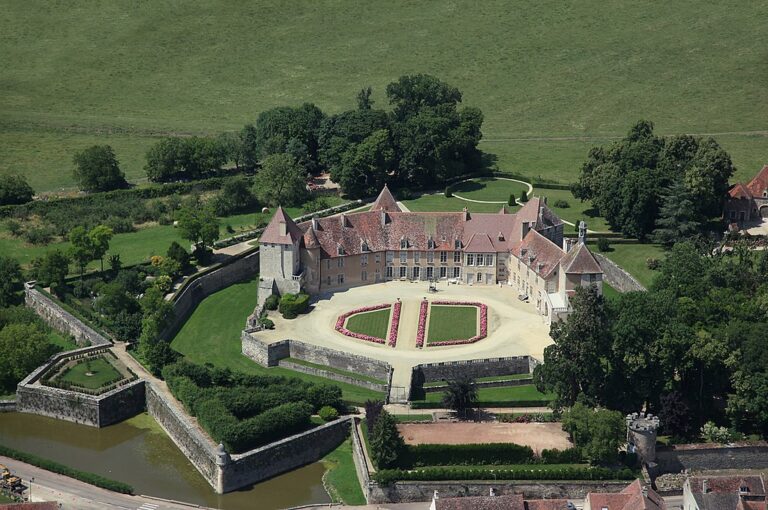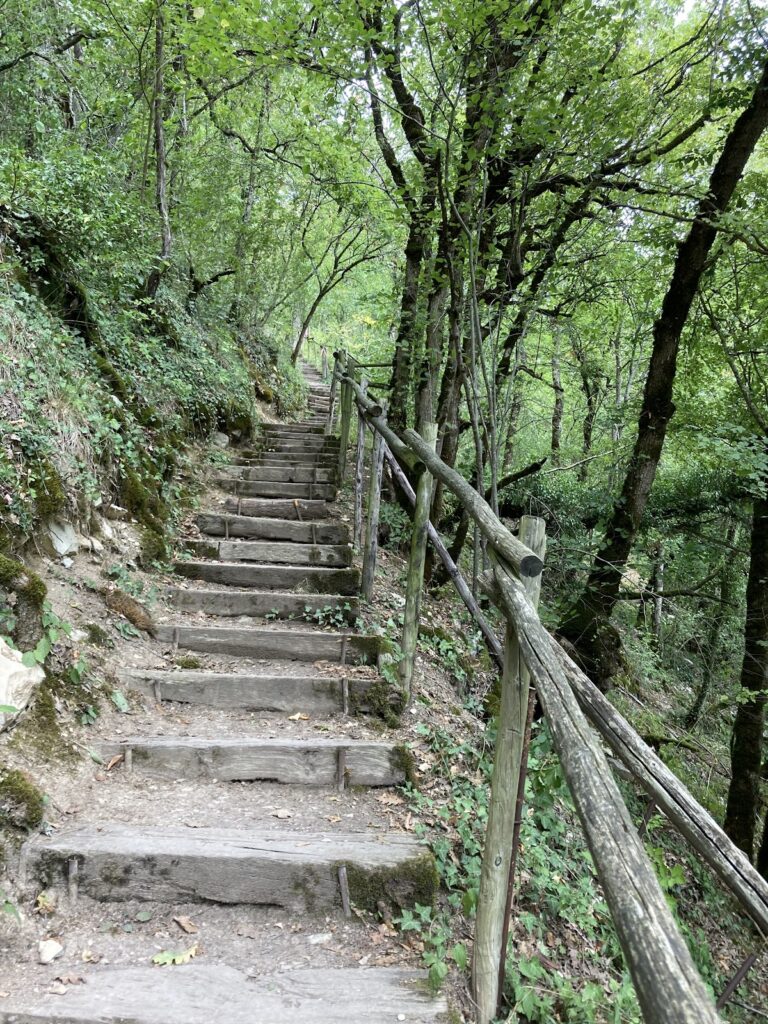Fontaines Salées: An Archaeological Site of Ancient Salt Exploitation in France
Visitor Information
Google Rating: 4.4
Popularity: Low
Google Maps: View on Google Maps
Official Website: www.saint-pere.fr
Country: France
Civilization: Celtic, Roman
Remains: Domestic
History
The Archaeological site of Fontaines Salées is located on the border of the communes Foissy-lès-Vézelay and Saint-Père in France. This area, near the Cure River and an ancient ford on the route from Autun to Auxerre, has been exploited since prehistoric times for its natural saline springs. The earliest known users were Neolithic communities who began capturing the saline water around 2300 BCE.
During the Late Neolithic period, between approximately 2309 and 2223 BCE, people constructed wooden capture wells to access the saline springs. These wells represent some of the oldest known salt exploitation structures in Europe. After the Early Bronze Age, the site was abandoned for a time but saw renewed activity in the Late Bronze Age, possibly for watering livestock. Around 900 BCE, the area was used as a funerary site, with multiple urn burials containing grave goods such as bronze bracelets and flint arrowheads.
In the Iron Age, salt production intensified through fire-based methods. Archaeologists uncovered 19 wooden wells from this period, showing advanced woodworking skills using copper or bronze axes. The Celts established a circular sanctuary around one of the springs, indicating a sacred connection to the water. Nearby, iron mining and trade activities were also present, linking the site to broader economic networks.
The Gallo-Roman period brought significant development. From the 1st century CE, thermal baths were built near the springs, later expanded in the 1st and 2nd centuries to include changing rooms, steam or warm baths, mixed-gender facilities, heating systems, and a palestra for exercise. A Roman sanctuary was added next to the earlier Celtic one. The site became part of a major mining and metallurgical region and lay along an important road, attracting visitors from distant areas.
In the late 3rd century, invasions by the Alamanni led to the destruction and pillaging of the baths. The local population retreated, but small-scale salt workers continued to exploit the springs, reusing the ruins for salt reduction, brine preparation, salting, and leather processing. Excavations found coins from early 4th-century emperors Constantius II and Decius, confirming continued activity during this turbulent time.
By the 4th century, after regional stability returned, inhabitants reoccupied the site. They maintained the sacred nature of the water, enclosing a well with a pebble border. A large rural estate named Vercellacus was established nearby, later becoming a Carolingian villa, as revealed by aerial photography.
Salt extraction at Fontaines Salées ceased definitively in the 13th century due to the medieval salt tax known as the gabelle. This tax led to widespread salt smuggling, prompting harsh enforcement by royal and monastic authorities. Conflicts over salt rights resulted in the site being buried under thick layers of fill by the 18th century.
Archaeological excavations began in 1934 under René Louis, uncovering the Gallo-Roman thermal baths and artifacts dating back to the early 1st millennium BCE. Finds included mammoth ivory, pottery fragments, intact Gallo-Roman tiles, and multiple burials forming a probable urn cemetery, shedding light on the site’s long and varied history.
Remains
The site features a series of capture wells designed to collect saline water from natural springs. These wells, dating mainly from the 1st millennium BCE, are vertical and cylindrical, about 1.5 meters wide and up to 1.4 meters deep. They were dug into sandy soil without timber supports. Some wells acted as simple sumps collecting filtered saline water, while others accessed water rising through artesian flow beneath the sand.
Among the wells, one discovered in 1933 during sand extraction is notable for its dressed stone curb and occasional gas emissions. The gases include nitrogen, helium, and carbon dioxide, reflecting the mineralized and slightly radioactive nature of the spring water, which emerges at about 15.2 °C.
The Gallo-Roman thermal complex includes remains of changing rooms, steam or warm baths, mixed-gender bathing areas, a heating system, and a palestra for physical exercise. These features indicate a well-developed spa facility that attracted visitors from afar. The baths were expanded during the 1st and 2nd centuries CE, reflecting the site’s importance in Roman times.
Excavations revealed 16 hollowed oak trunks used to construct 19 capture wells. These wooden elements are exceptionally well preserved, demonstrating advanced woodworking techniques with copper or bronze axes. The presence of these wooden structures highlights the technical skill involved in early salt exploitation.
The site also contains remains of a circular Celtic sanctuary built around one of the springs. Later, the Romans added their own sanctuary adjacent to this earlier structure, showing continuity in the sacred use of the water source.
Funerary remains include five burials arranged in three rows spaced about two meters apart. These are likely part of a larger urn cemetery. Grave goods found with the burials include bronze bracelets, a small urn placed inside a larger one, a bowl, and a flint arrowhead, providing insight into the funerary practices of the Late Bronze Age.
Geologically, the site lies at the intersection of two major faults, including the Morvan fault and the oblique Fontaines Salées fault. This setting allows mineralized saline water to emerge naturally, a key factor in the site’s long history of salt exploitation.
